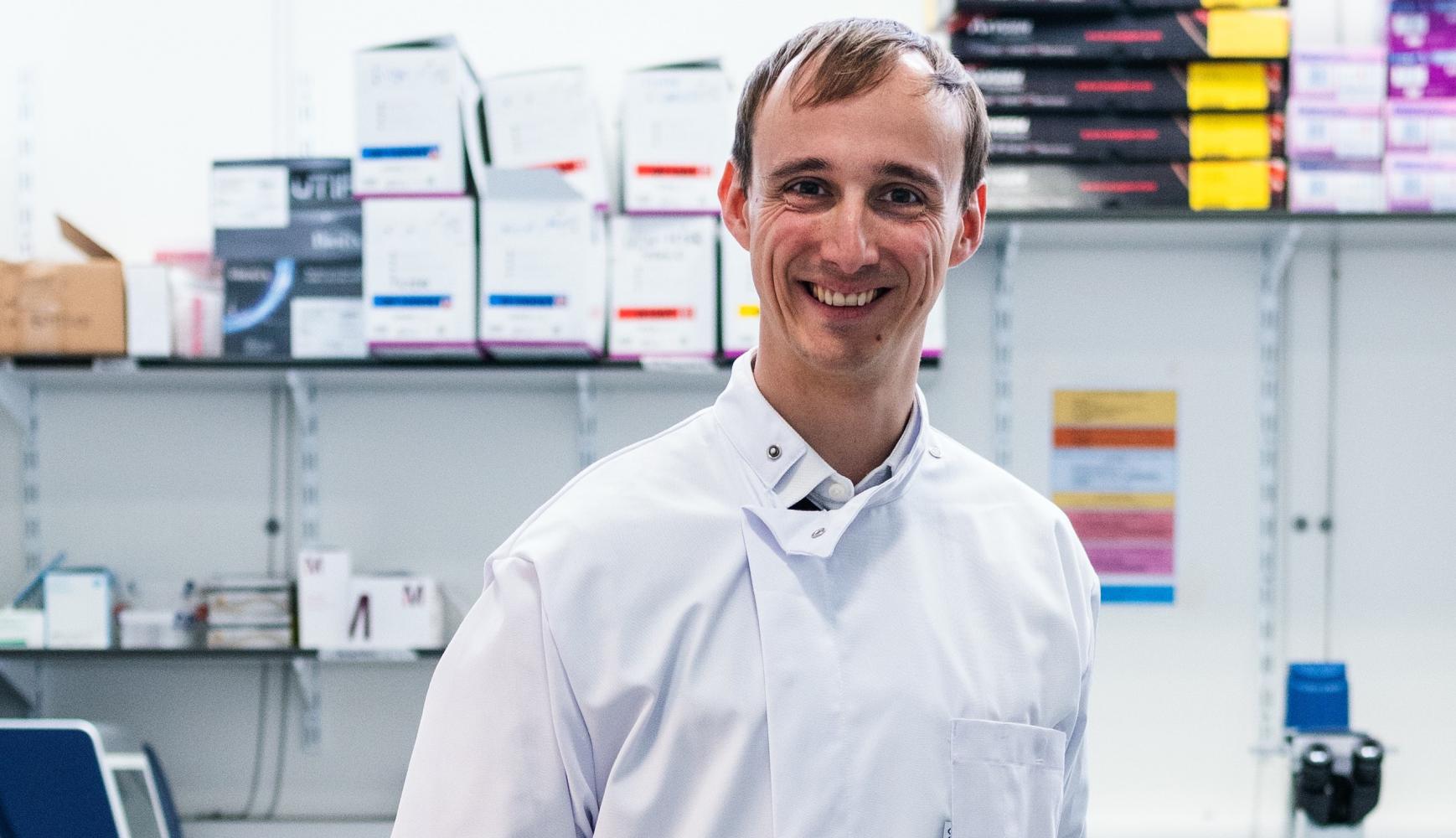
In this project we helped preclinical scientists at a global pharma company site in the US establish a consistent and reproducible data workflow for post-processing assay results.
A multi-step cascade of curve fitting
The bench science group runs assays of multiple types, with a separate cascade of postprocessing calculations for each type. The need for automating the calculations was clear - first, to ensure consistency across the group and secondly, to save the scientists' time. A manual process gets in the way of productivity.
We implemented the data processing workflow including parametric curve fitting and QC rules, entirely in Python. Different assay types require different fit functions, but the same general optimizer can be reused. A scheduled task scans a network file folder for new assay result files to run. After multi-step calculations with detailed logging, a data and graphics-rich report is generated and saved in a timestamped folder in the same location.
Consistency and reproducibility of calculations is key to data quality
As a consequence of data process automation, calculation reports have the same general layout. Log messages are consistently phrased. Curve graphs are formatted the same way. All this makes reviewing the reports easier and reduces mistakes in interpreting results. We helped improve productivity, saving our Client many hours of valuable work time.
We can help
Feel free to call or email us at Saber Informatics to start a conversation: we bring to the table extensive practical experience in the field as an active practitioner. We will help you avoid the mistakes we already made before. We honor strict client confidentiality and bring an industry insider perspective. We will listen and help.



